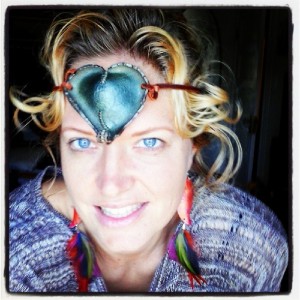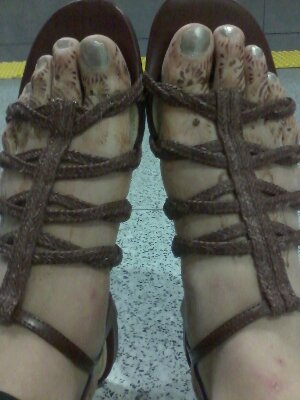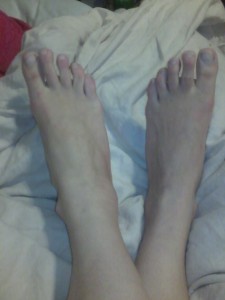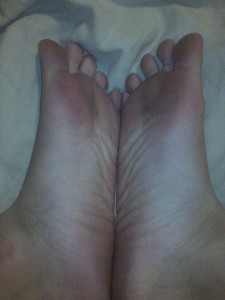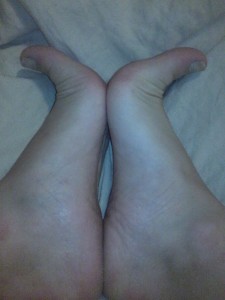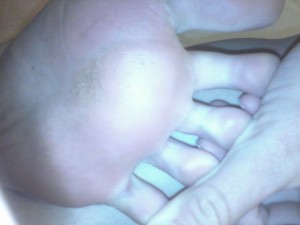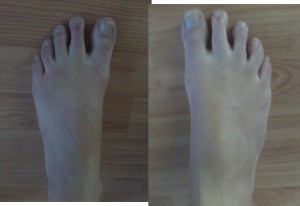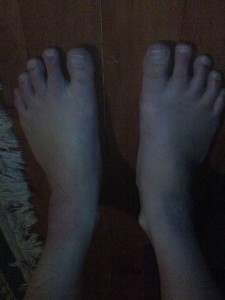I’m on my sixth day in Pakistan, and my third day of overwhelming illness. Nothing I eat stays in, it all passes through and then some. There is a bathroom scale in my hotel room and it looks like I’ve lost about ten pounds in three days. I was about 10 pounds overweight when I started my trip.
This same illness happened to me with nearly the same timing the last two visits to this country. I will begin to have diarrhea on day 3 or day 4, and it gets progressively worse until I leave with severe cramping.
So the Chemical Engineer in me comes out naturally and I’m doing some experiments to get to the bottom of it!
What is the Problem?
First, I researched Traveler’s Diarrhea, which I learned was mostly caused by the E. coli bacterium.
A typical prescription for someone like me who has had the condition for more than 24 hours is to begin a course of antibiotics for 3-4 days. But I am not a proponent of antibiotics, mostly because I feel (and the rest of the scientific/medical community is beginning to realize) that they are a nuclear bomb or drone, killing both the good and the evil, when all that is needed is a targeted sniper, and leave you more vulnerable to the antibiotic-resistant superbugs that they create.
The trouble with the targeted sniper approach (and why doctors are too lazy to pursue it) is that you need to precisely identify the enemy and its Achilles heel. This takes time and effort (as you will see below).
I had some success while in Holland, of “curing” a brief bout of diarrhea (probably caused by eating too much gouda cheese), with a glass of wine before bed. My mother had told me that drinking wine was an old home remedy she had in a homeopathic health book she found for travel sickness. It made sense to me: Alcohol is a poison, it could kill bacteria.
First Hypothesis: Drink Wine to kill my E. coli
There were two problems with this hypothesis.
One: I am in a Muslim country for 7 days and alcohol is frowned upon/heavily regulated. It’s not even listed in my room service menu so I’d have to go out of my way to get it. (Later – I found this (alcohol deaths) and (targeted wine store attacks), so yeah, right intuition!)
Two: I researched “wine effect on e coli” and found this great study in the Journal of Food Science showing that wine in simulated stomach conditions killed Salmonella but not E. coli. And white wine was more effective than red wine. But the interesting thing was that they isolated not the alcohol but the acidity of the wine as having killed the bacteria.
So I figured….
Second Hypothesis: Drink a ton of Coca-Cola to kill E. coli
Even though the experiment showed E. coli was not killed, I thought, why not give it a try. I didn’t have any other good ideas at the time, and maybe if I drank enough…? Coca Cola is readily available, so I set out that morning to follow through on my experiment. I ordered two coca-colas room service, and researched “acidic foods” to see if I could acidize my way out of my illness. I learned Coke has a pH of around 2.5, which I figured would be plenty acidic enough to do the job in large quantities. It would truly be an assault, considering I never drink sodas back home.
I had four Coca Colas from 10 am to 1pm, and a few French Fries. I was feeling great! (see: Caffeine and 10g sugar/can) and the diarrhea and stomach churning ceased for three-four hours.
I was feeling so good I decided to have some rice biryani and some electrolyte replacement, and some Sprite (I had run out of Coca Cola). Then, BAM. Back in the bathroom the rest of the afternoon and evening.
At first I thought that I had just pushed my luck too soon, and if I had just stuck to my diet of Coca Cola and french fries as long as it took, I could have been in the clear…But that night, I had two Pepsis (and a bite of naan) for dinner, and didn’t feel any better, in fact I was feeling slightly worse.
I went to bed, and this morning, I thought about the day before that, when I had taken some Airborne (high in Vitamin C) and some tea, and immediately vomited it up. However, not being sure whether it was the E. Coli hijacking my stomach that made me throw up or my own body being sensible, I decided to try the Airborne approach again. I remembered that my last trip in Pakistan, I was doing pretty well until I ran out of Airborne tablets…
Third Hypothesis: Kill E. Coli with Vitamins/Airborne
I mixed up some Airborne this morning and began to take a few sips, wary of an impending vomit reflex. But this time, I Googled “vitamin c and e coli” while I drank. What I found in this article made me stop drinking immediately:
E. coli thrives on acid, and will metabolize Vitamin C/Ascorbic Acid to make itself STRONGER! So, my first three hypotheses were dead wrong, and probably making matters worse.
So, time for a course correction!
Fourth Hypothesis: Kill E. coli by alkalizing my body (effectively suffocating them in their own waste)
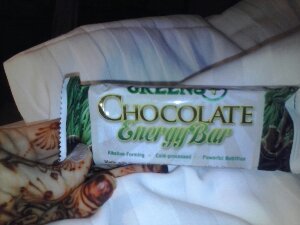
Luckily, I traveled with these amazing Alkalizing Greens Energy Bars, and I had three left out of a box of 12. I was wary about eating them, because the last trip I had brought some probiotics and “healthy” stuff like fish oil, multivitamins, and Airborne, and still got violently ill.
But I was losing options. I ate my green bar, and slowly started into the second one, taking small sips of water along the way.
I immediately put away the Vitamin C and read my water bottle label, noticing the pH was measured to be around 7.4 (slightly alkaline). I remembered I had purchased an amazing bottle of water in Amsterdam airport which was a pH of 10, so I may try to find some of this in the hotel shops as well.
Having done limeade fasts in the past, I also know that lemon juice, while acidic (citric acid), inside the body turns alkaline, so I may try to do some lemon tea with a little honey today as well, as I don’t think I’ll be able to procure any Canadian maple syrup easily for the regular formula.
I also read about alkalizing the body on the go, just to check some more options (clean veggies may not be available here, so it makes it a bit harder).
So far, so good! I had to use the restroom fairly quickly after eating the first green energy bar, but my stomach feels more settled already.
I will post an update below at the end of the day, or when I have more information.
Update! Success!!
I was feeling awful and went down to the hotel pharmacy and found a couple citric acid supplements.
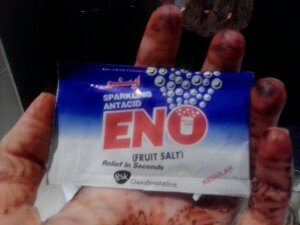
So for the entire day, I sipped two glasses of citric acid, drank as much water as my body was craving, and a few nibbles of my green energy bar. I stayed in bed all day, and fell asleep around 5:30/6pm, woke up after midnight, and became hungry by 7am.
I had a light breakfast of salted tomato slices, cucumbers, olives, canned mushrooms, baked beans, and one potato slice, and ordered lemon water for tea.
I was feeling better and better throughout the day. At lunchtime, I had a cup of lentil and chicken soup and two bottles of water. Then, we went out for lunch and had local dishes (nihari!), chicken korma, naan, sweet naan, and kulfi (ice cream). I also had two bottles of water with this lunch.
I think keeping the acid somewhat neutralized by drinking enough water was VERY effective.
At this time, pea-sized stools were starting to form again (TMI). I ate a whole dinner of paki-chinese and thai food, and ice cream, and had a whole pakistani chai, but didn’t want the sugary “chiller” fruit drink when we went out for “coffee” a little later. By that evening, my digestion/stools had returned to normal (pictures omitted)!!
I probably had at least 8 bottles of water all day.
So, I think I’m on the right track with balancing acid-base chemistry.
The nihari and local dishes, and ice creams were pushing my luck for sure.
Will be sure to have a good veggie breakfast again and maybe one more “local” dish before I go.
Woo-hoo!!!




